Home>Gardening & Outdoor>Landscaping Ideas>How To Lay Artificial Turf Grass
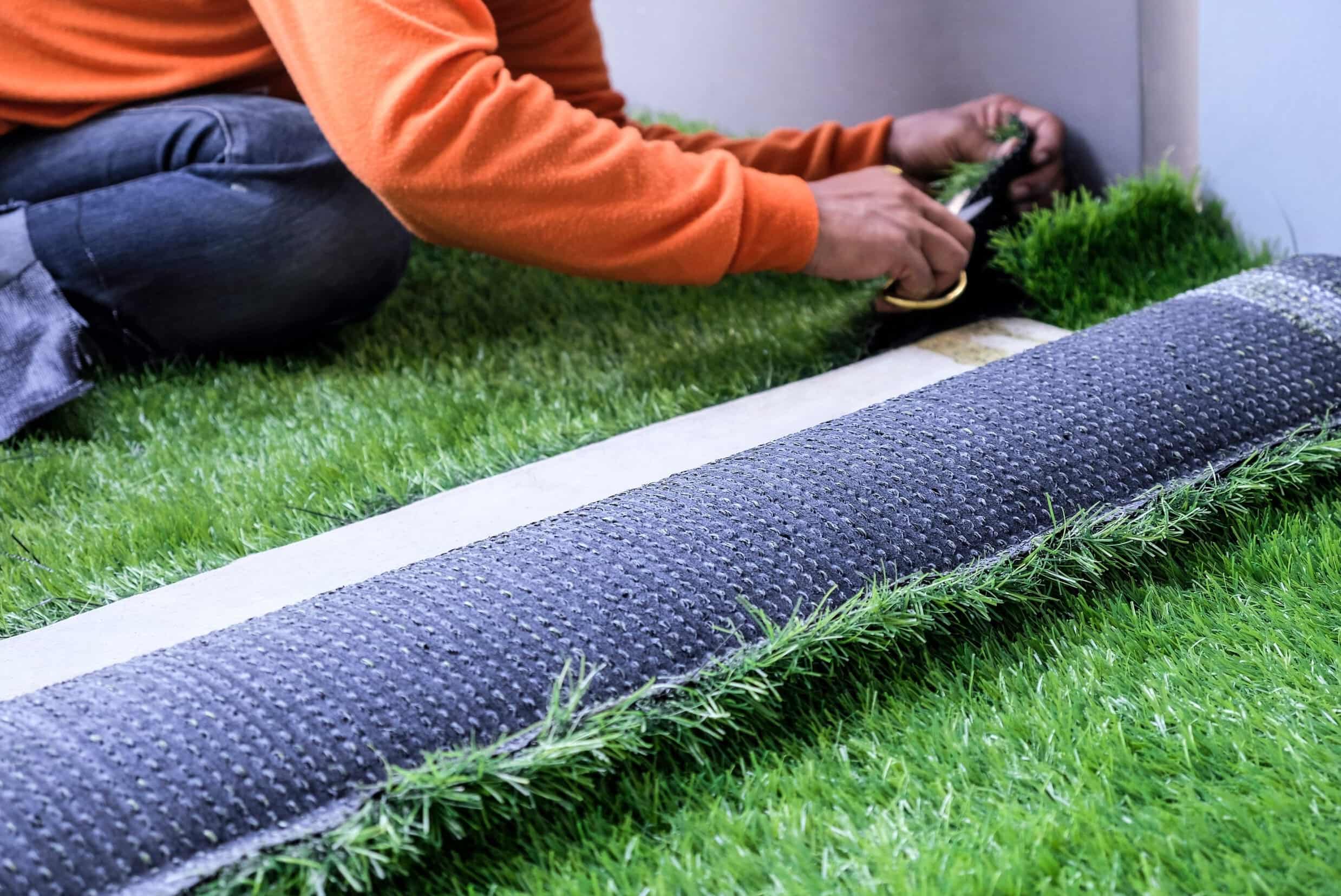

Landscaping Ideas
How To Lay Artificial Turf Grass
Published: January 25, 2024
Learn how to lay artificial turf grass with our expert landscaping ideas. Transform your outdoor space with our step-by-step guide.
(Many of the links in this article redirect to a specific reviewed product. Your purchase of these products through affiliate links helps to generate commission for Storables.com, at no extra cost. Learn more)
Introduction
Welcome to the wonderful world of artificial turf grass! In recent years, artificial turf has become a popular choice for homeowners and businesses looking to enjoy the beauty of a lush, green lawn without the hassle of constant maintenance. Whether you’re tired of mowing, watering, and fertilizing a natural lawn, or you simply want to create a vibrant outdoor space that’s resistant to heavy foot traffic and varying weather conditions, artificial turf could be the perfect solution for you.
Artificial turf offers a low-maintenance, eco-friendly, and visually appealing alternative to natural grass. With advancements in technology, modern artificial turf looks and feels remarkably realistic, making it difficult to distinguish from natural grass at first glance. Additionally, artificial turf is durable and can withstand the elements, making it an ideal choice for areas where natural grass struggles to thrive.
In this comprehensive guide, we’ll explore everything you need to know about laying artificial turf grass. From selecting the right type of turf to preparing the ground and ensuring proper installation, we’ll cover each step in detail. By the end of this guide, you’ll have the knowledge and confidence to transform your outdoor space with beautiful and long-lasting artificial turf grass.
Key Takeaways:
- Say goodbye to the hassle of maintaining a natural lawn! Artificial turf offers a low-maintenance, eco-friendly, and visually appealing alternative to traditional grass, perfect for vibrant outdoor spaces.
- Transform your outdoor space with artificial turf! Choose the right turf, prepare the ground meticulously, and follow proper installation and maintenance techniques to enjoy a vibrant and enduring landscape solution.
Read more: How To Lay Lawn Turf
Choosing the Right Artificial Turf
When it comes to selecting artificial turf for your landscaping project, there are several factors to consider to ensure you choose the right option for your specific needs and preferences.
1. Quality and Realism: Look for artificial turf that closely resembles the appearance and texture of natural grass. High-quality turf will have a realistic color variation, a natural-looking blade shape, and a soft, lush feel. It’s essential to select turf that will enhance the visual appeal of your outdoor space.
2. Durability and Resilience: Consider the level of foot traffic the turf will endure and choose a product designed to withstand heavy use. Opt for turf with strong backing and durable fibers that can maintain their appearance and integrity over time, even in high-traffic areas.
3. UV Stability: Ensure that the artificial turf you select is UV stabilized to resist fading and maintain its vibrant color, even in direct sunlight. UV-stable turf will retain its lush green hue for years to come, enhancing the longevity of your investment.
4. Drainage and Infill Compatibility: Check that the turf provides efficient drainage to prevent water buildup and potential mold or mildew growth. Additionally, consider the compatibility of the turf with infill materials, which can enhance the turf’s performance and resilience.
5. Maintenance Requirements: Different turf varieties may have varying maintenance needs. Consider the level of maintenance you’re willing to commit to and select turf that aligns with your desired upkeep routine, whether it’s minimal maintenance or regular grooming.
6. Environmental Considerations: If environmental sustainability is a priority for you, look for artificial turf made from eco-friendly materials and manufactured using sustainable practices. Choosing environmentally conscious turf can contribute to a greener and more eco-friendly outdoor space.
By carefully considering these factors, you can confidently choose artificial turf that meets your aesthetic preferences, durability requirements, and environmental considerations, ensuring a successful and satisfying landscaping investment.
Preparing the Ground
Proper preparation of the ground is crucial for ensuring the longevity and optimal performance of your artificial turf. Follow these essential steps to prepare the ground for a successful turf installation:
- Clear the Area: Begin by clearing the area where the turf will be installed. Remove any existing grass, weeds, rocks, or debris to create a clean and even surface. This step is essential for achieving a smooth and visually appealing result.
- Leveling the Surface: After clearing the area, ensure that the ground is level and even. Use a rake or a landscaping roller to smooth out any uneven patches and create a uniform surface. Proper leveling is essential for preventing uneven turf installation and promoting optimal drainage.
- Installing a Weed Barrier: Lay a high-quality weed barrier fabric over the prepared ground to prevent weed growth and ensure a weed-free artificial turf lawn. The weed barrier will help maintain the pristine appearance of the turf while reducing the need for ongoing weed control.
- Adding a Base Layer: Depending on the specific requirements of your project, consider adding a base layer of crushed rock or decomposed granite to enhance drainage and provide a stable foundation for the turf. The base layer promotes proper water runoff and helps prevent the formation of puddles or waterlogged areas.
- Compacting the Base: Use a plate compactor to firmly compact the base layer, ensuring a solid and stable foundation for the turf. Proper compaction is essential for preventing shifting or settling of the ground over time, which could impact the integrity of the turf installation.
By meticulously preparing the ground according to these steps, you’ll create an ideal foundation for the artificial turf, setting the stage for a smooth and durable installation that will enhance the beauty and functionality of your outdoor space for years to come.
Installing the Turf
With the ground meticulously prepared, it’s time to embark on the exciting process of installing the artificial turf. Follow these step-by-step guidelines to ensure a seamless and professional turf installation:
- Roll Out the Turf: Unroll the artificial turf across the prepared area, allowing the turf to acclimate to the environment for at least a couple of hours. This acclimation period helps the turf settle and reduces the risk of wrinkles or creases during installation.
- Trimming and Shaping: Carefully trim the turf to fit the designated area, ensuring a precise and custom fit. Use a sharp utility knife to trim the edges and shape the turf according to the contours of the installation area, such as around flower beds, pathways, or other landscape features.
- Seaming: If your installation area requires multiple turf sections, carefully seam the pieces together using high-quality seam tape and adhesive. Proper seaming is crucial for creating a seamless and natural-looking turf surface, ensuring that the individual sections blend harmoniously.
- Applying Infill: Once the turf is in place, evenly distribute an appropriate infill material, such as silica sand or rubber granules, across the turf surface. The infill enhances the turf’s resilience, stability, and overall performance, contributing to a lush and natural feel underfoot.
- Brushing and Grooming: Use a power broom or a stiff-bristled brush to groom the turf fibers and evenly distribute the infill throughout the turf. This grooming process helps the fibers stand upright, prevents matting, and ensures an even infill distribution for a consistent and professional finish.
By meticulously following these installation steps, you’ll achieve a flawless and visually stunning artificial turf surface that enhances the aesthetic appeal and functionality of your outdoor space. The installation process sets the stage for enjoying a vibrant and low-maintenance lawn that remains lush and inviting throughout the seasons.
Before laying artificial turf grass, make sure the area is properly leveled and compacted to prevent unevenness. This will ensure a smooth and long-lasting installation.
Securing the Edges
Properly securing the edges of the artificial turf is essential for ensuring a stable and visually appealing installation. Follow these essential steps to secure the edges of the turf and achieve a professional and long-lasting result:
- Trimming and Tucking: Carefully trim any excess turf along the edges of the installation area, ensuring a clean and precise fit. Tuck the trimmed edges under surrounding hardscapes or landscape borders, such as concrete curbs, pavers, or wooden edging, for a seamless and polished look.
- Fastening the Edges: Secure the edges of the turf using high-quality landscape staples or turf nails. Place the fasteners along the edges at regular intervals to anchor the turf firmly in place and prevent shifting or movement over time. This step is crucial for maintaining a tidy and secure installation.
- Applying Adhesive (If Needed): In areas where the turf edges require additional reinforcement, apply a specialized turf adhesive to secure the edges to hard surfaces, such as concrete or decking. The adhesive provides extra stability and prevents the edges from lifting or shifting, particularly in high-wind or high-traffic areas.
- Seamless Transitions: Ensure that the turf seamlessly integrates with adjacent surfaces, such as natural grass, pavers, or decking. Achieving smooth and seamless transitions enhances the overall aesthetic cohesion of the landscape, creating a harmonious and professional finish.
- Final Inspection: Once the edges are securely fastened and seamlessly integrated, conduct a thorough inspection of the entire installation. Check for any loose edges, uneven seams, or areas that may require additional attention. Address any potential issues promptly to ensure a flawless and durable result.
By meticulously securing the edges of the artificial turf according to these guidelines, you’ll achieve a polished and professional installation that enhances the visual appeal and functionality of your outdoor space. Properly secured edges contribute to the overall longevity and stability of the turf, ensuring a stunning and enduring landscape transformation.
Read more: When To Lay Lawn Turf
Maintaining Artificial Turf Grass
One of the most appealing aspects of artificial turf is its minimal maintenance requirements compared to natural grass. However, to ensure the longevity and optimal appearance of your artificial turf grass, it’s important to incorporate simple and consistent maintenance practices into your routine. By following these maintenance guidelines, you can preserve the beauty and functionality of your artificial turf for years to come:
- Regular Cleaning: Periodically remove debris, leaves, and organic matter from the turf surface using a leaf blower, stiff brush, or gentle water rinse. This simple maintenance task prevents the accumulation of debris and maintains the vibrant appearance of the turf.
- Stain and Spill Management: Address spills or pet stains promptly by gently rinsing the affected area with water and mild detergent. For tougher stains, use a non-abrasive cleaner suitable for artificial turf. Regularly inspect the turf for any stains or spills that require attention.
- Grooming the Fibers: Use a stiff-bristled brush or power broom to periodically groom the turf fibers, ensuring they remain upright and evenly distributed. Grooming prevents matting and enhances the lush and natural appearance of the turf.
- Regular Inspections: Routinely inspect the turf for signs of wear, damage, or loose seams. Address any issues promptly to prevent them from escalating and to maintain the integrity of the turf installation.
- Seasonal Maintenance: During the fall season, remove fallen leaves and debris from the turf to prevent potential matting and promote proper drainage. In the summer, rinse the turf periodically to remove dust and pollen, helping to keep the surface fresh and vibrant.
- Pet Area Maintenance: If the turf serves as a pet area, promptly remove solid waste and rinse the area with water to maintain cleanliness. Consider using a pet-specific turf deodorizer to manage odors and keep the area fresh and inviting.
By integrating these straightforward maintenance practices into your routine, you can uphold the pristine appearance and functionality of your artificial turf grass, ensuring that it remains a vibrant and low-maintenance feature of your outdoor landscape.
Conclusion
Congratulations on completing your journey through the world of artificial turf grass installation and maintenance! By embracing the versatility and beauty of artificial turf, you’ve unlocked the potential to create a vibrant and low-maintenance outdoor space that enhances the aesthetic appeal of your property while offering practical benefits for years to come.
As you’ve learned, selecting the right artificial turf, meticulously preparing the ground, and following proper installation techniques are essential steps in achieving a successful and visually stunning result. By securing the edges and implementing straightforward maintenance practices, you can ensure that your artificial turf remains a vibrant and enduring feature of your landscape.
With its minimal maintenance requirements and long-lasting beauty, artificial turf grass offers a sustainable and eco-friendly alternative to traditional lawns, reducing water consumption and eliminating the need for chemical fertilizers and pesticides. Whether you’re transforming a residential backyard, commercial property, or recreational area, artificial turf provides a lush and inviting landscape solution that thrives in diverse environments and weather conditions.
By incorporating the knowledge and techniques shared in this guide, you’re well-equipped to embark on your artificial turf journey with confidence. As you witness the transformation of your outdoor space, may you revel in the beauty, functionality, and enduring appeal of your lush and vibrant artificial turf grass.
Thank you for joining us on this enlightening exploration of artificial turf installation and maintenance. Embrace the possibilities, unleash your creativity, and enjoy the lasting benefits of your stunning artificial turf landscape.
Frequently Asked Questions about How To Lay Artificial Turf Grass
Was this page helpful?
At Storables.com, we guarantee accurate and reliable information. Our content, validated by Expert Board Contributors, is crafted following stringent Editorial Policies. We're committed to providing you with well-researched, expert-backed insights for all your informational needs.
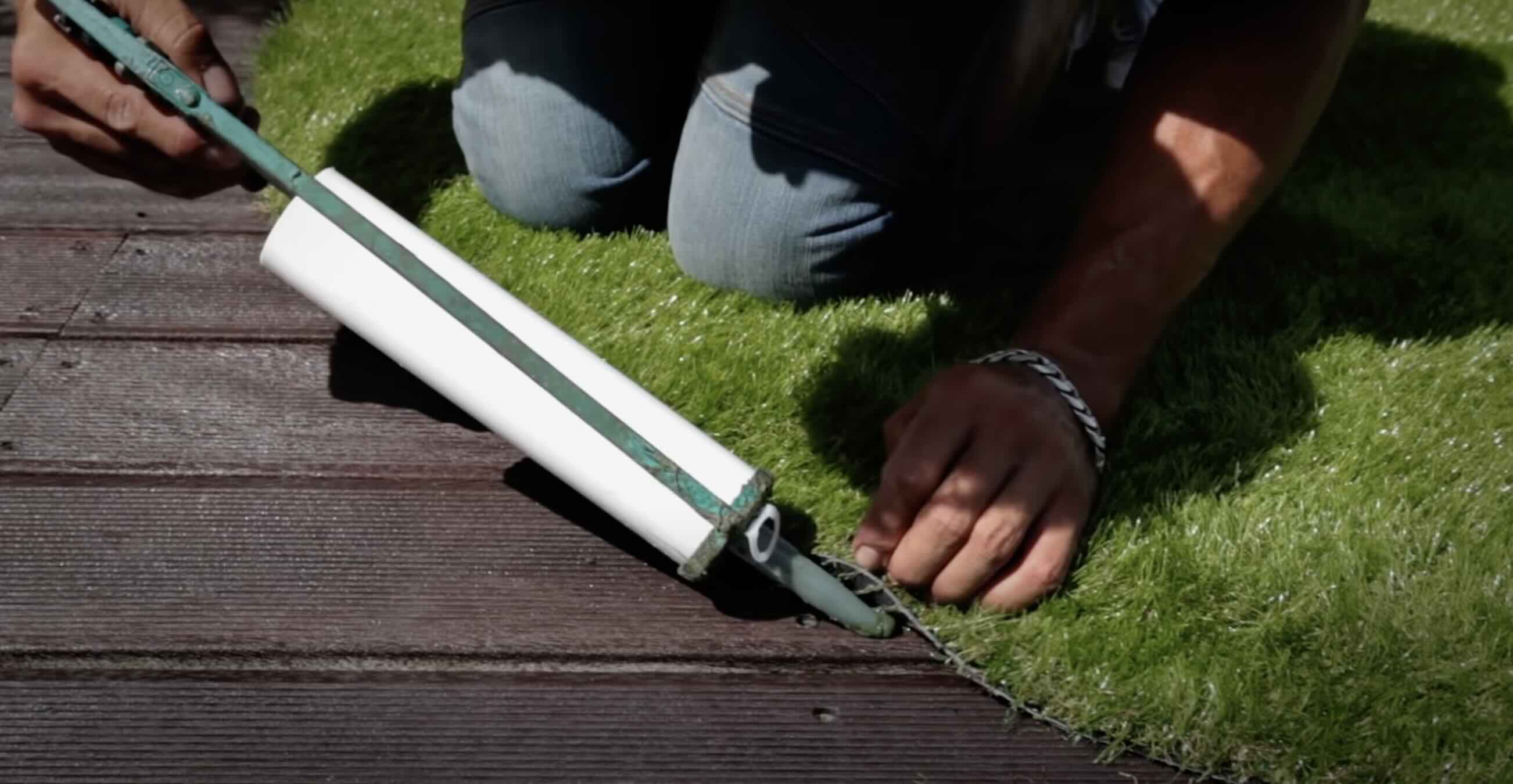
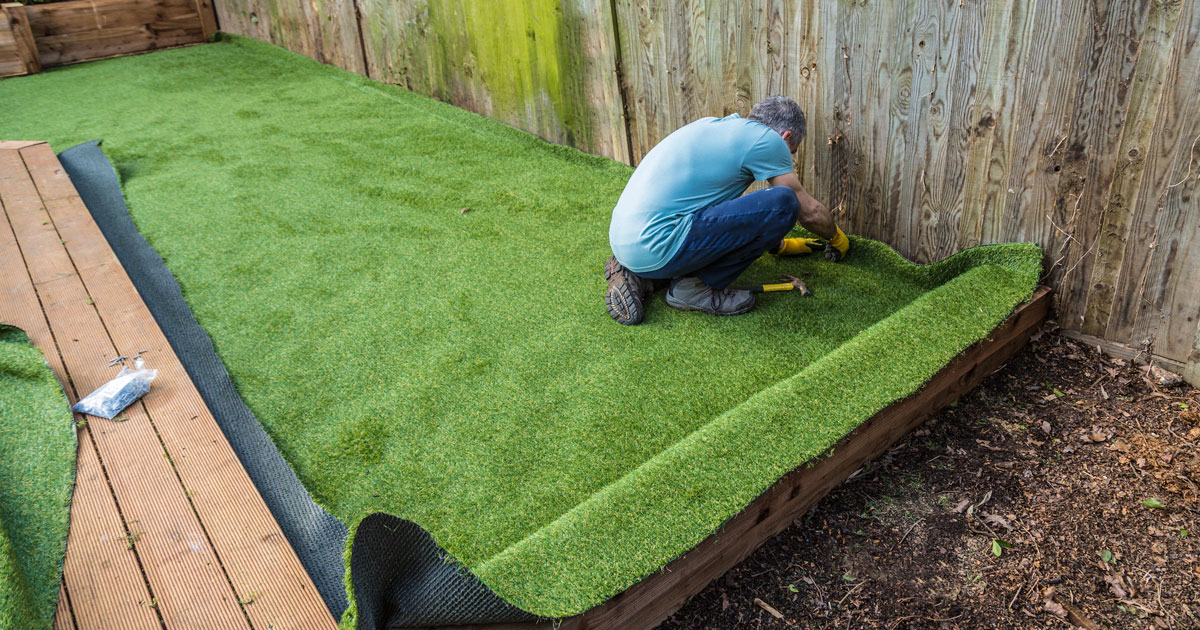
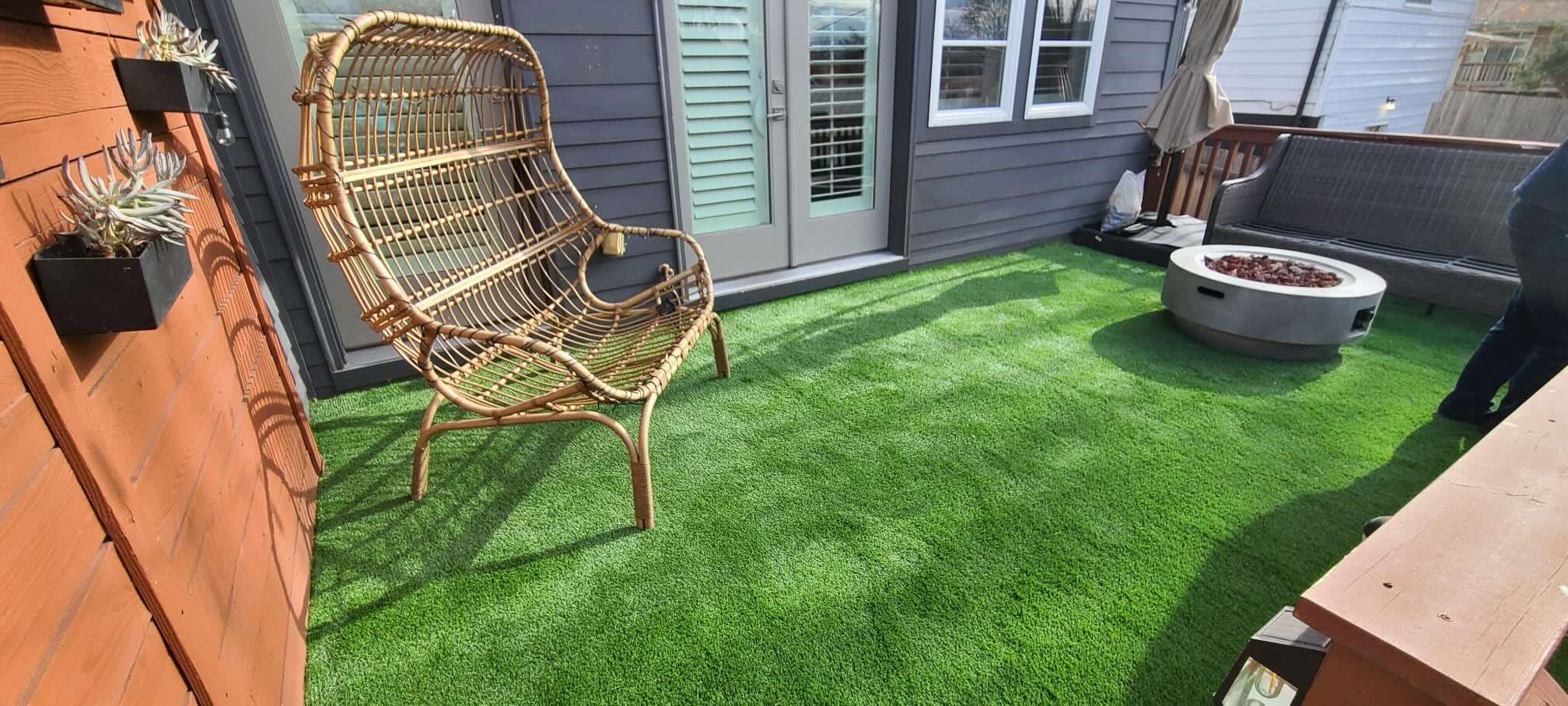
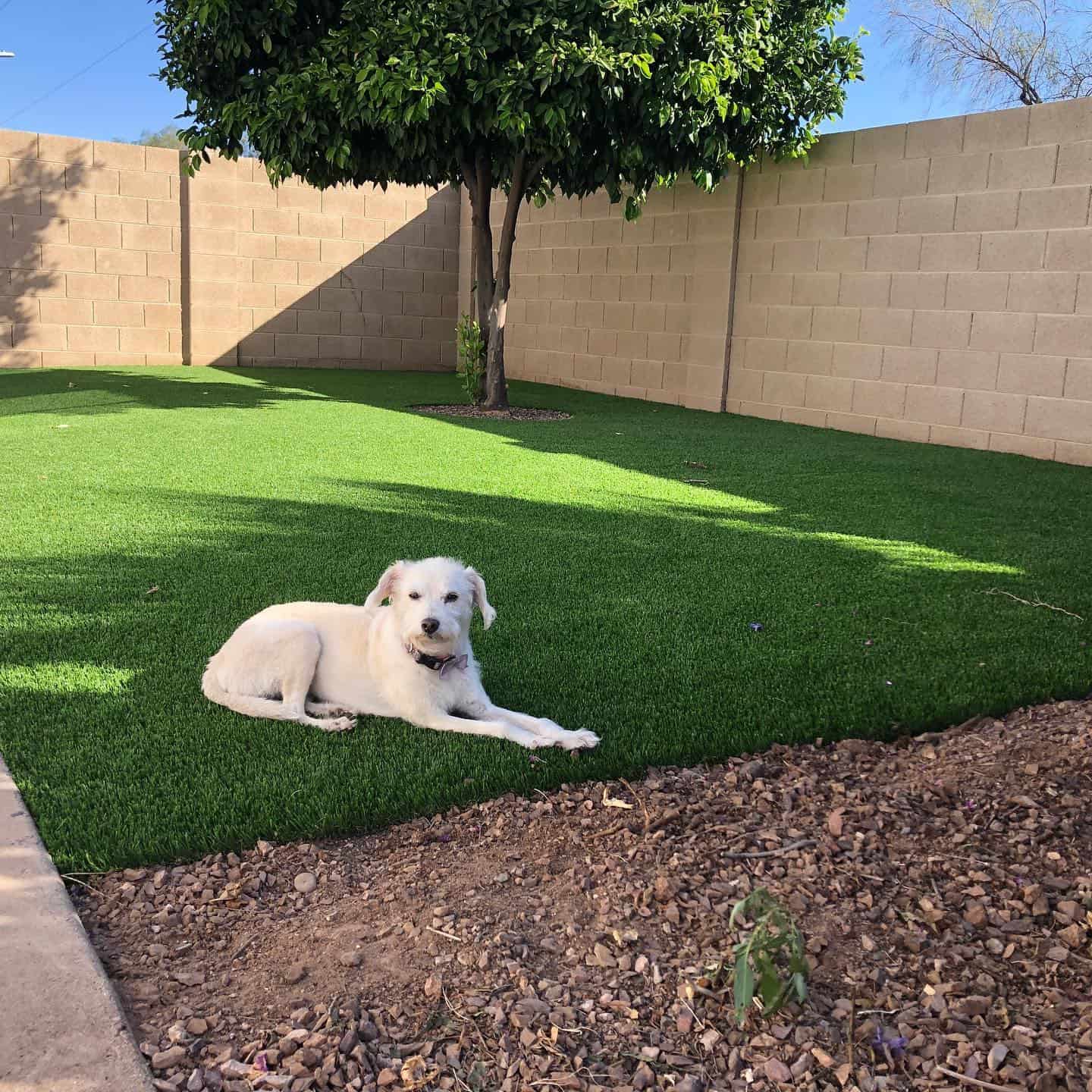
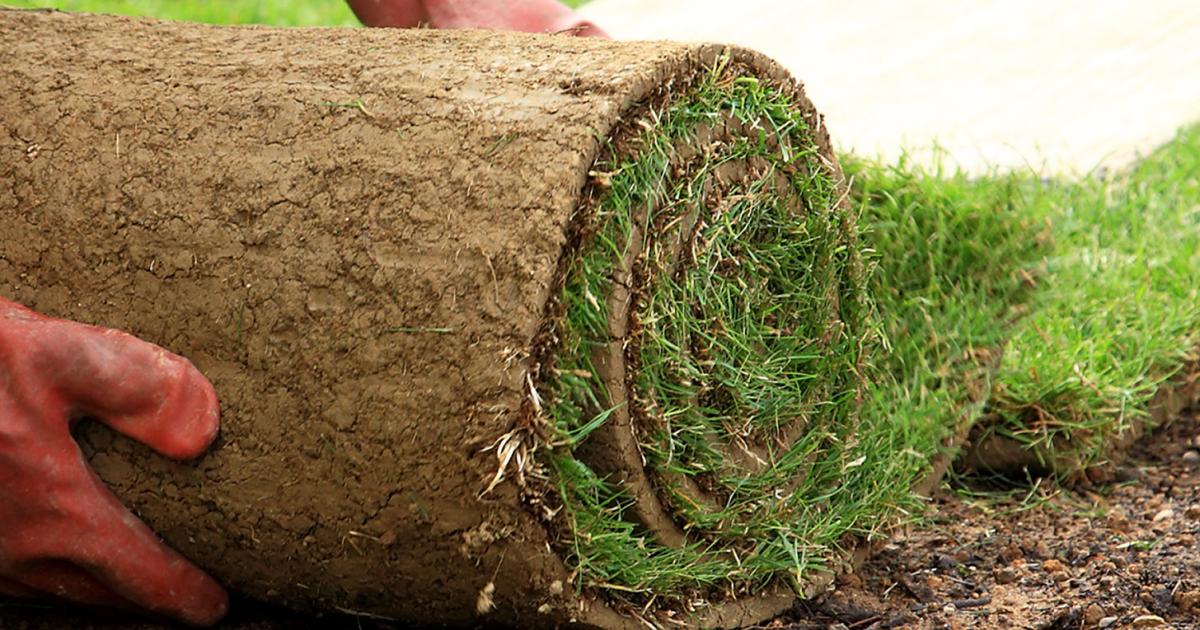
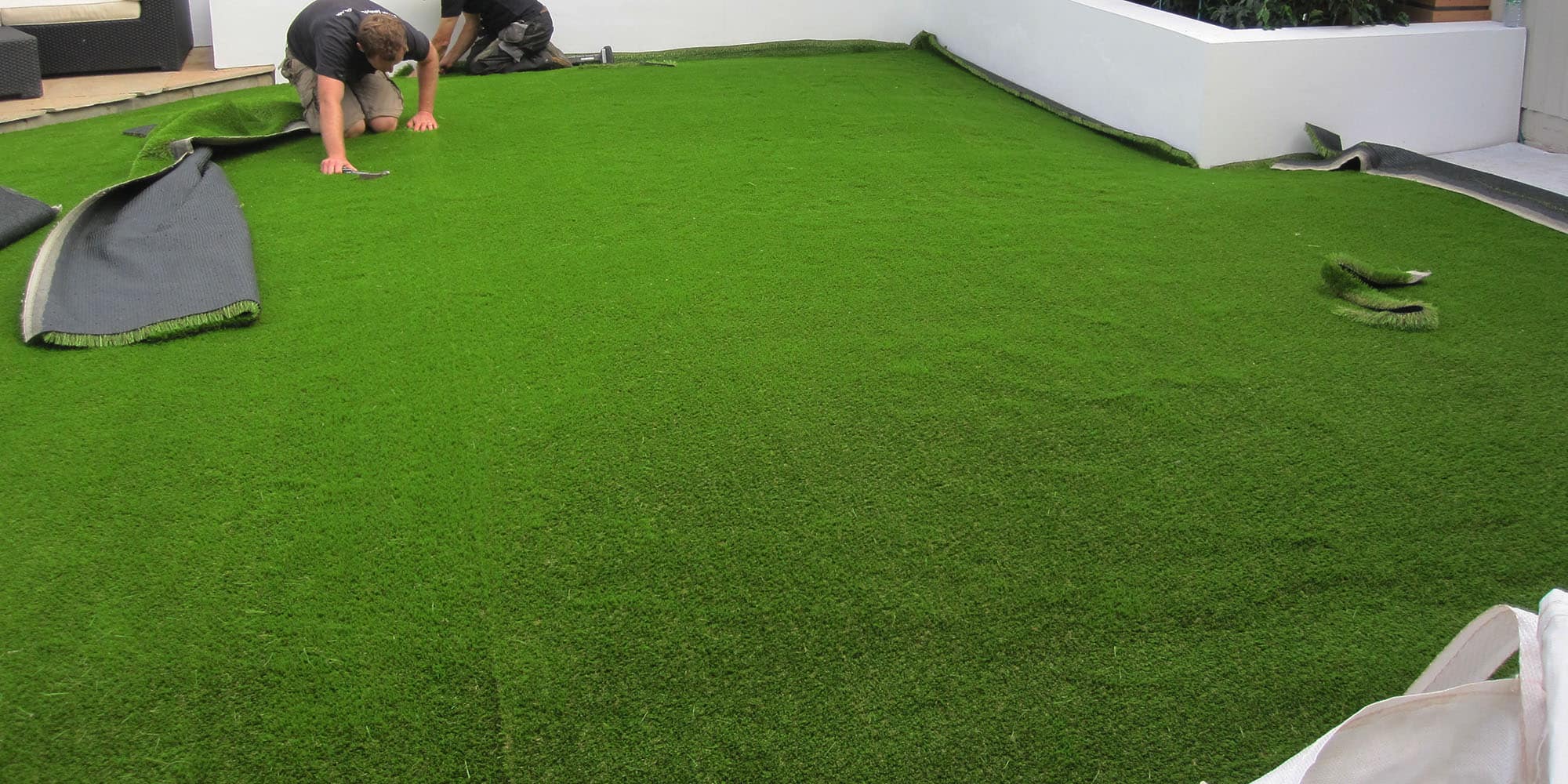
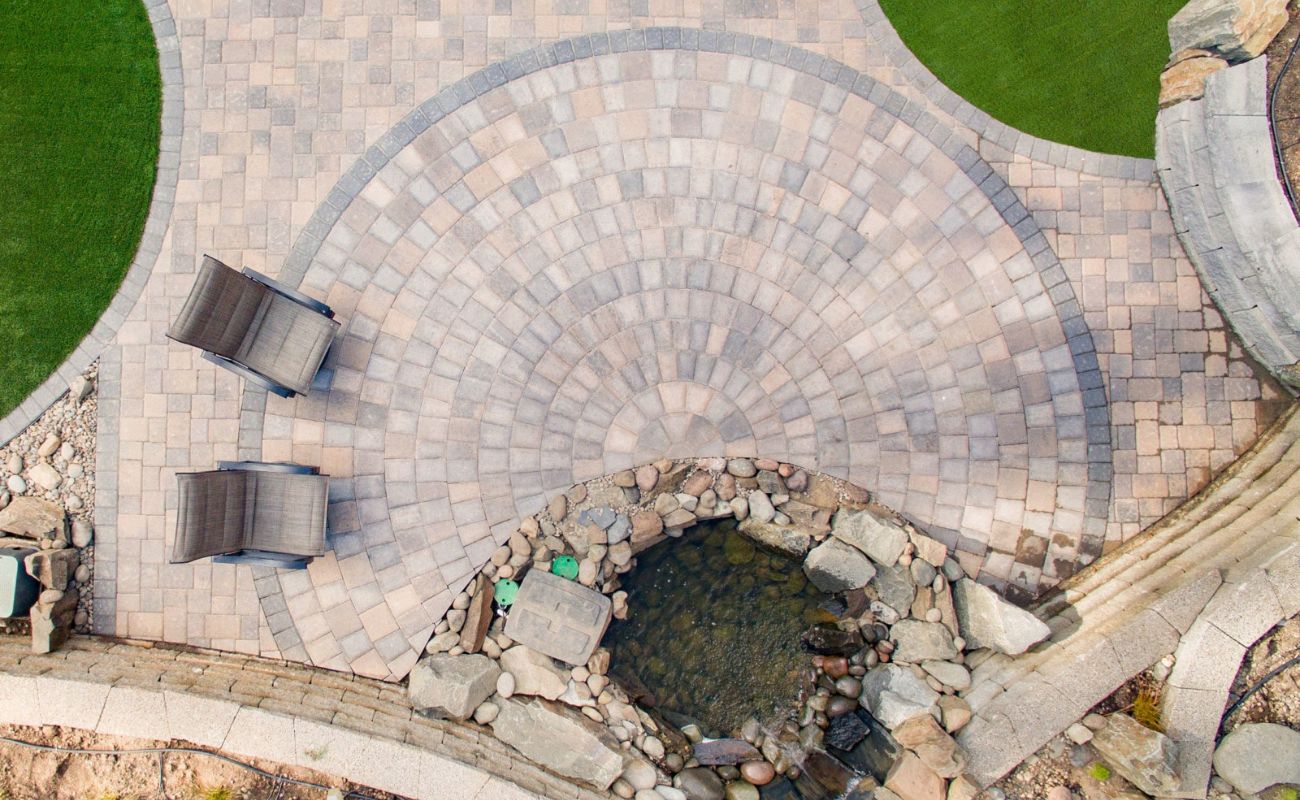
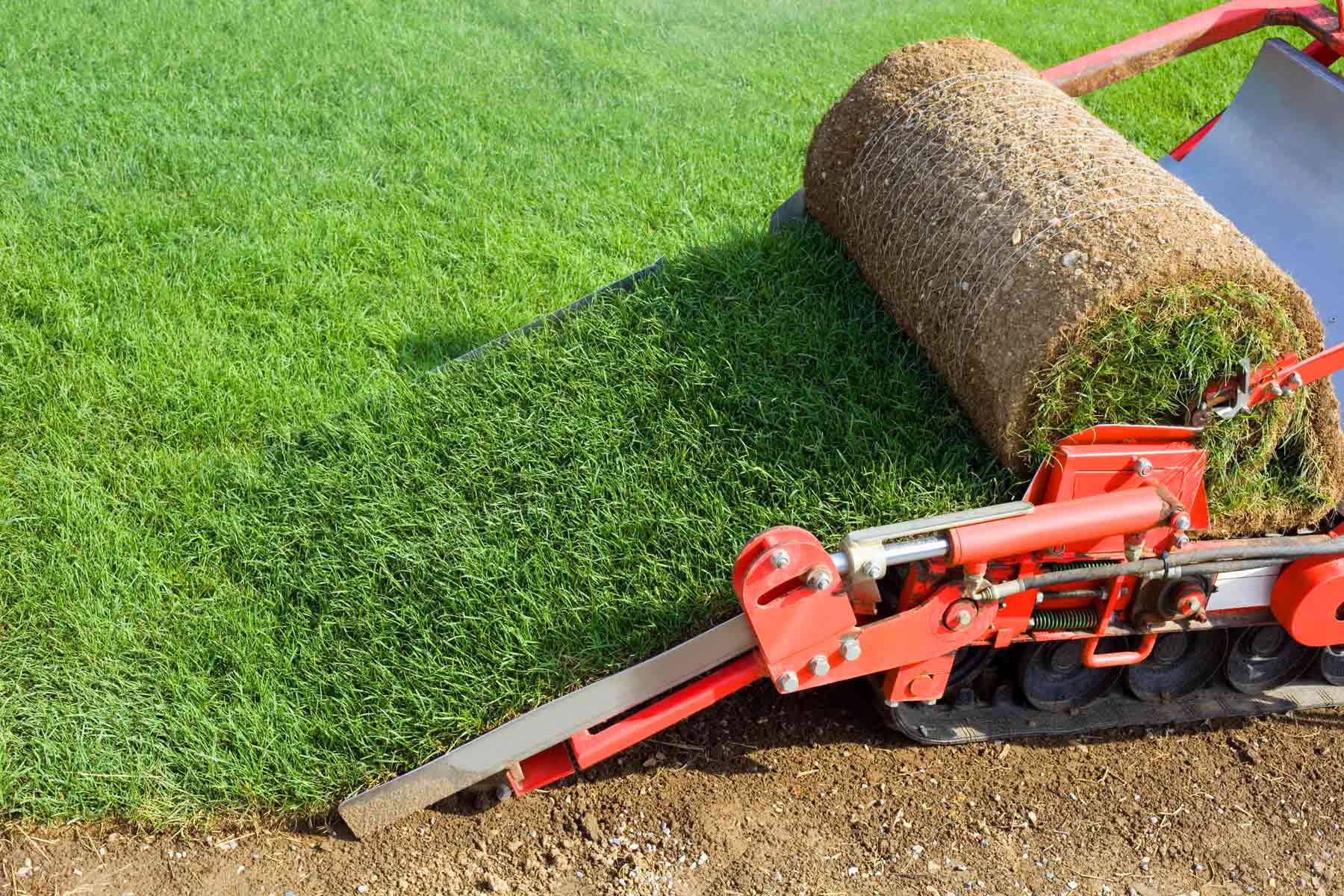
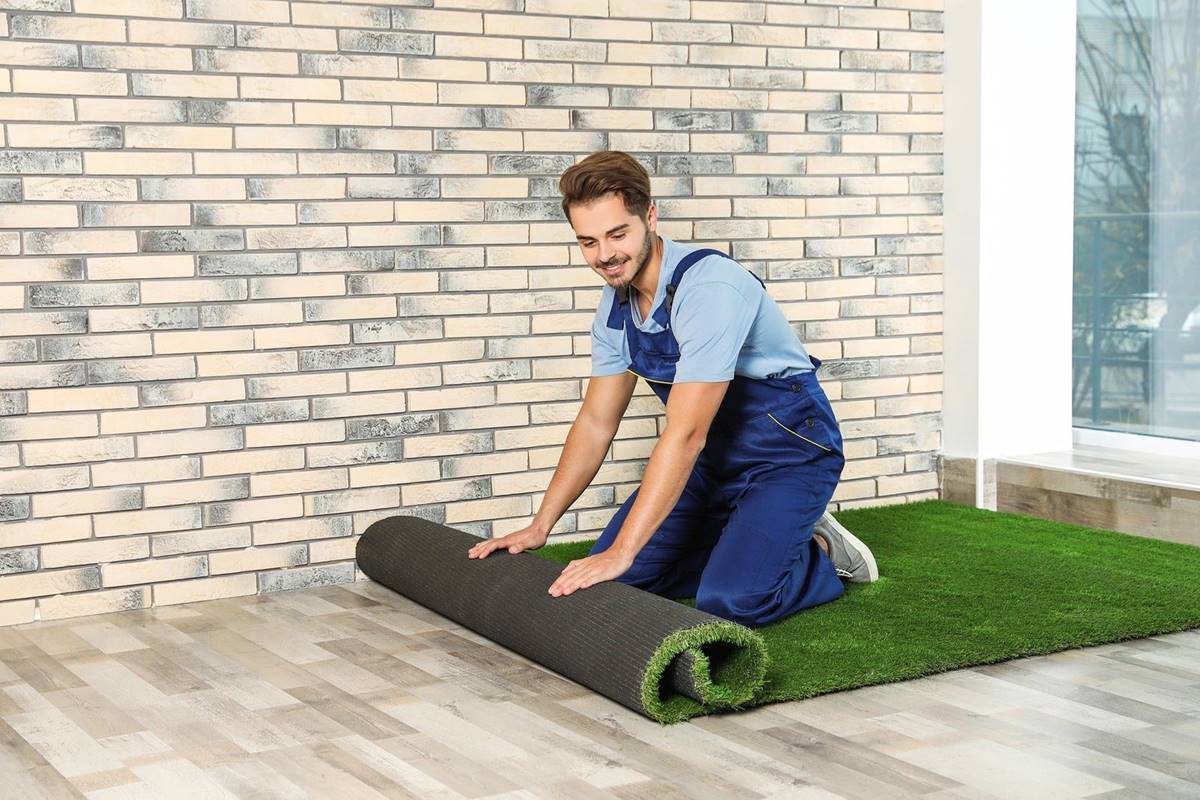
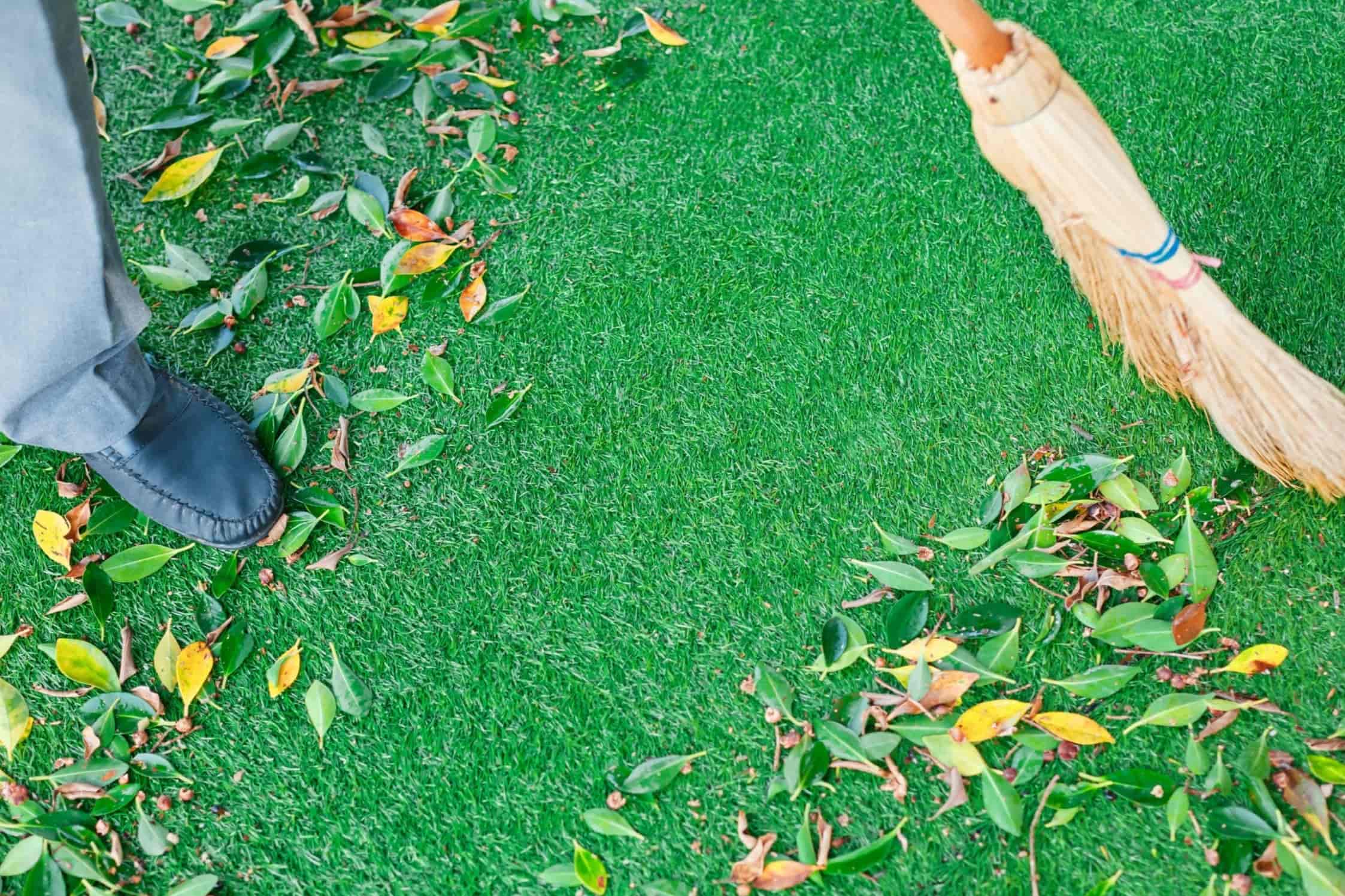
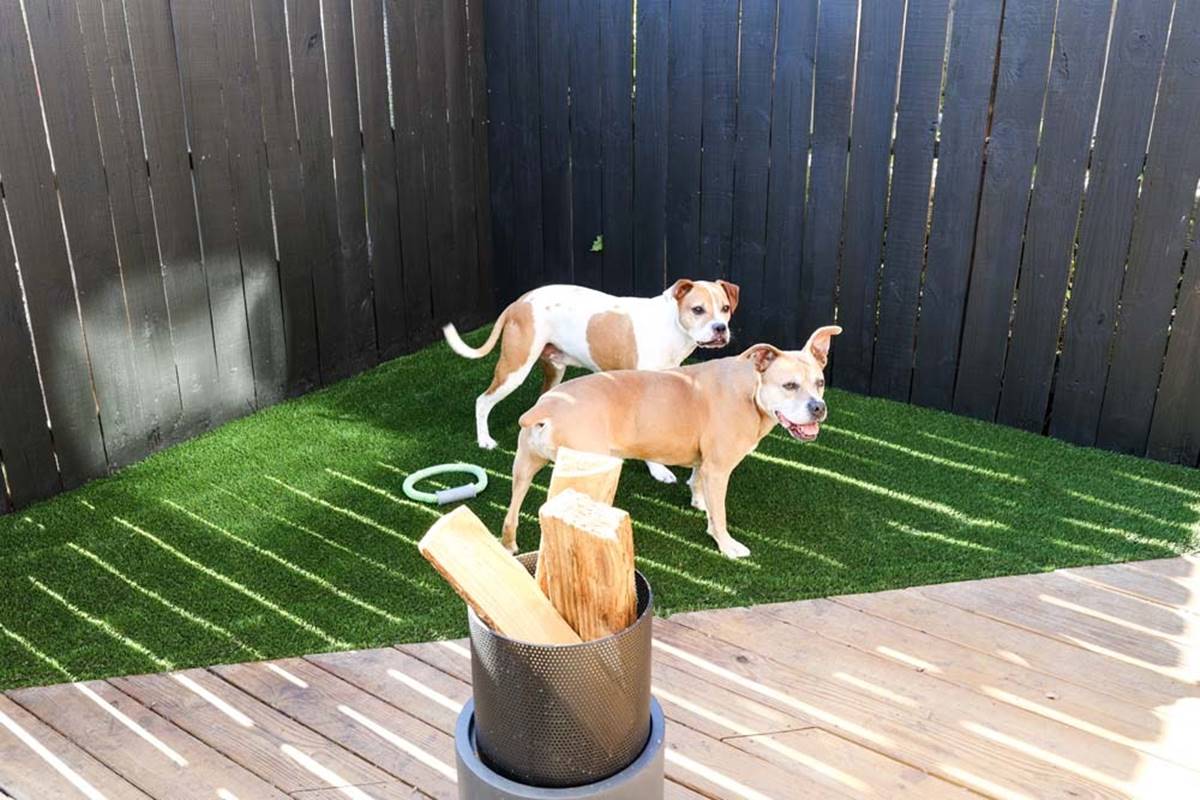
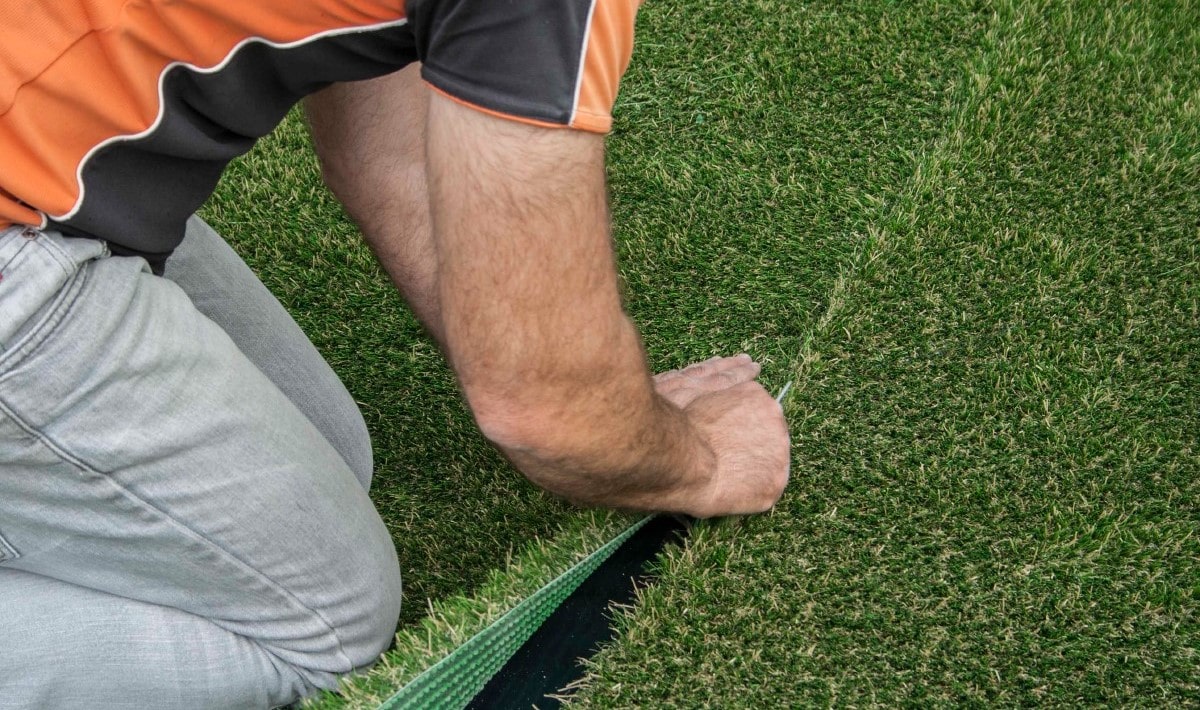
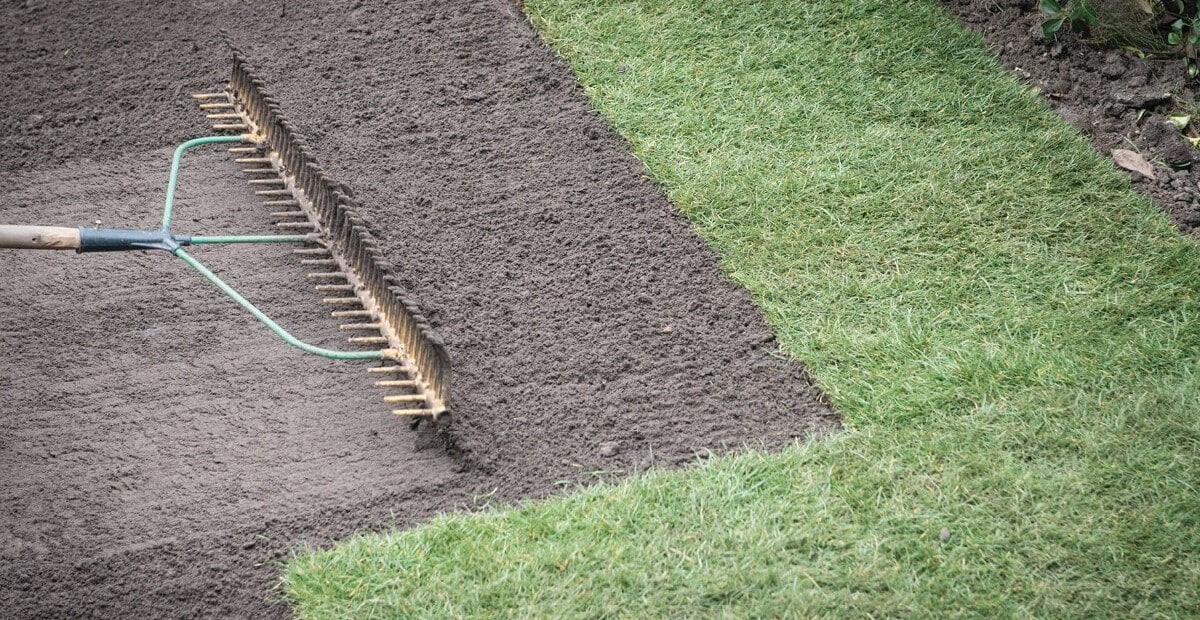
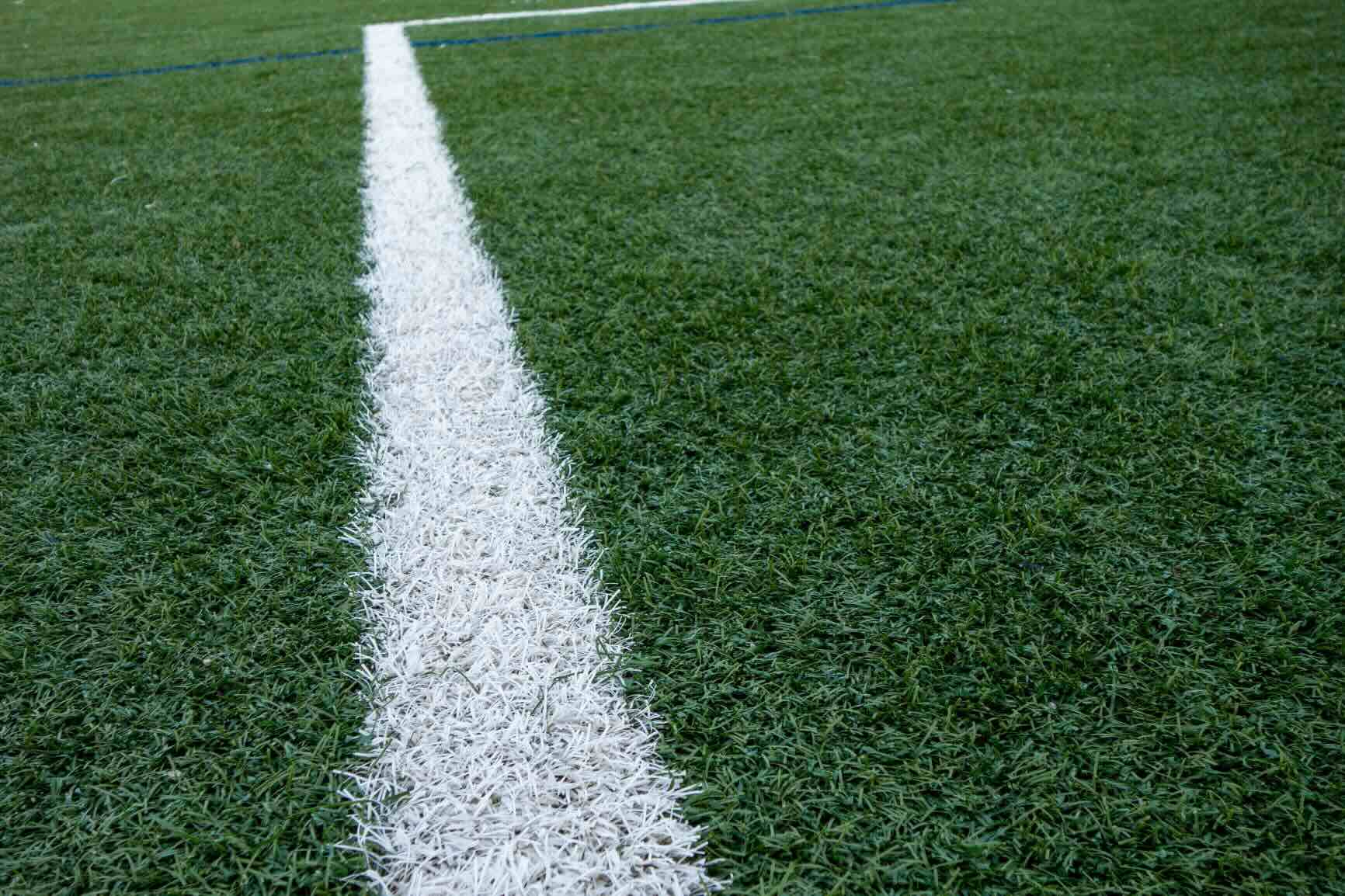

0 thoughts on “How To Lay Artificial Turf Grass”